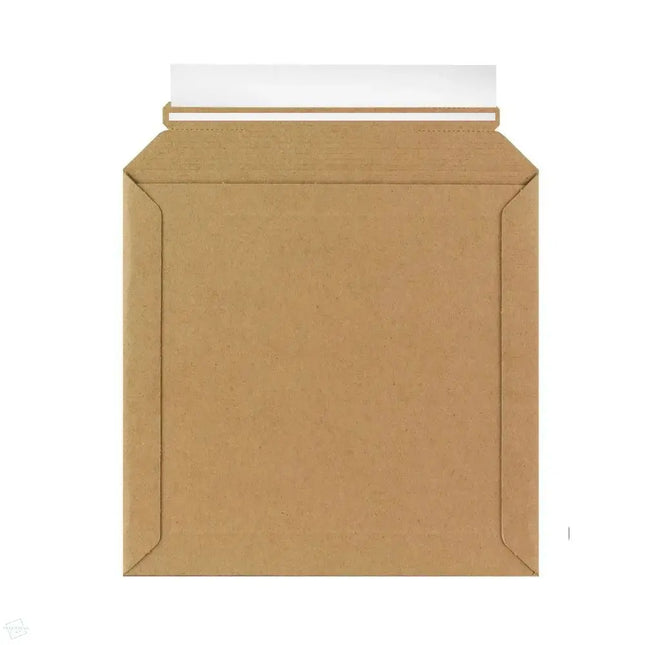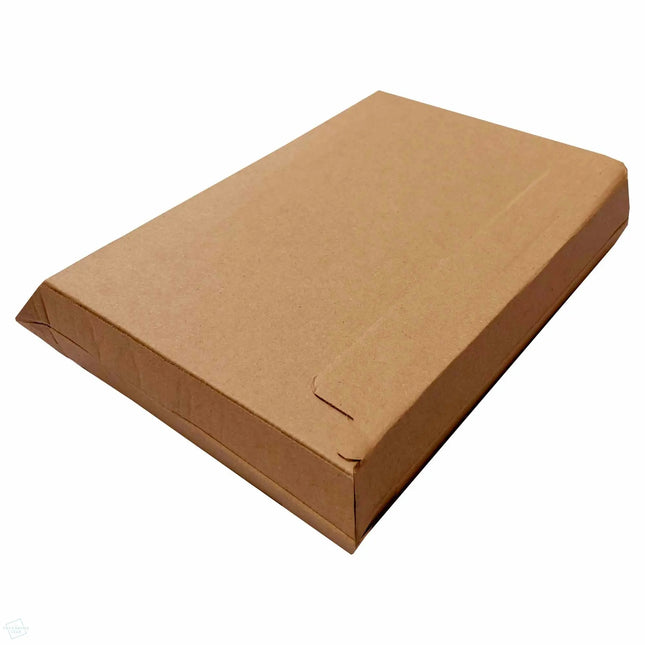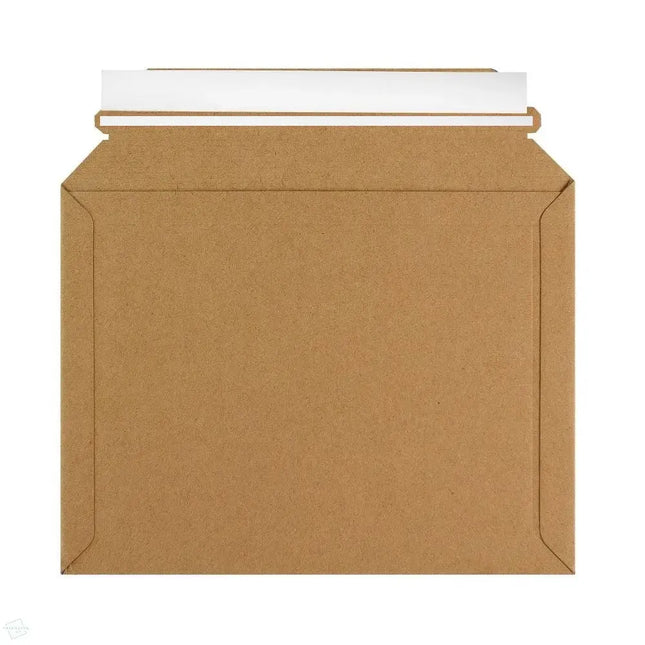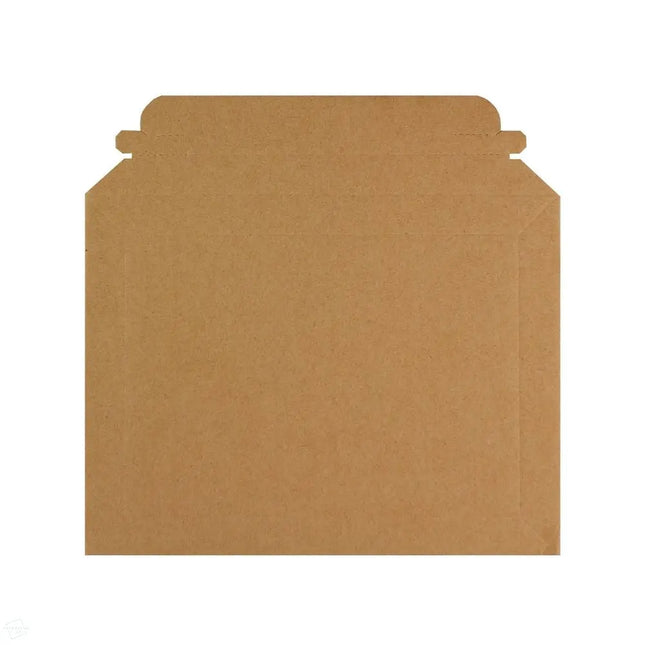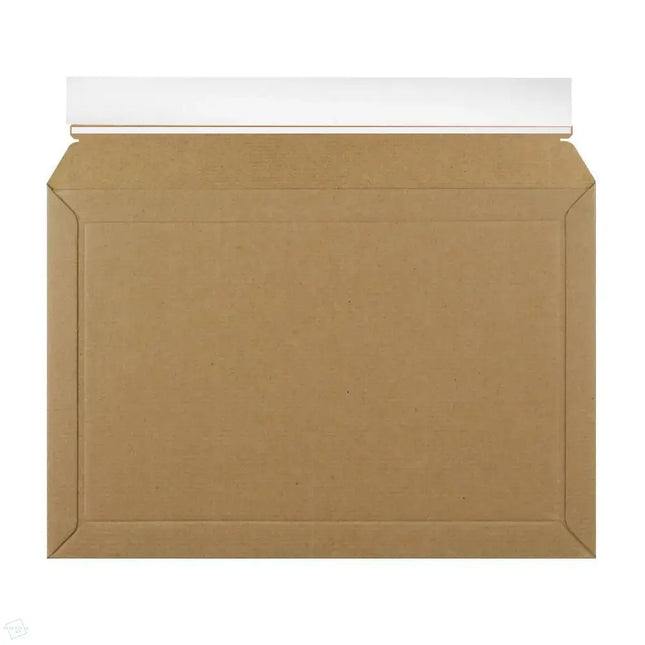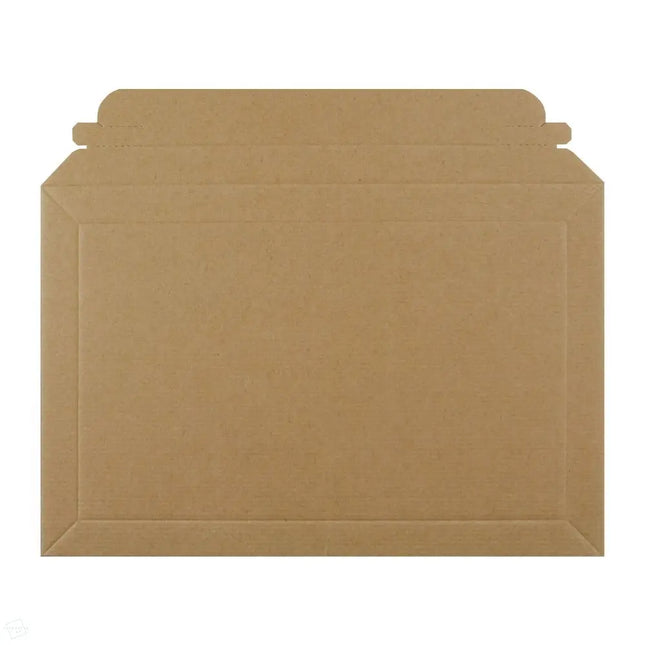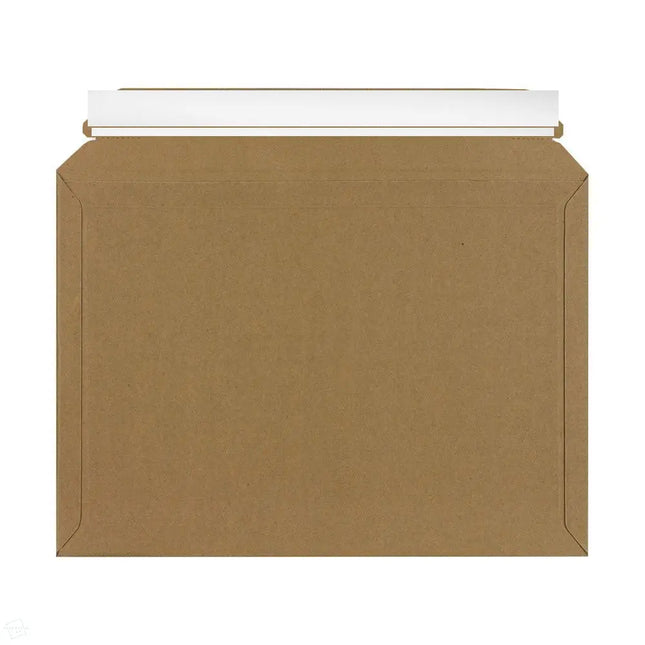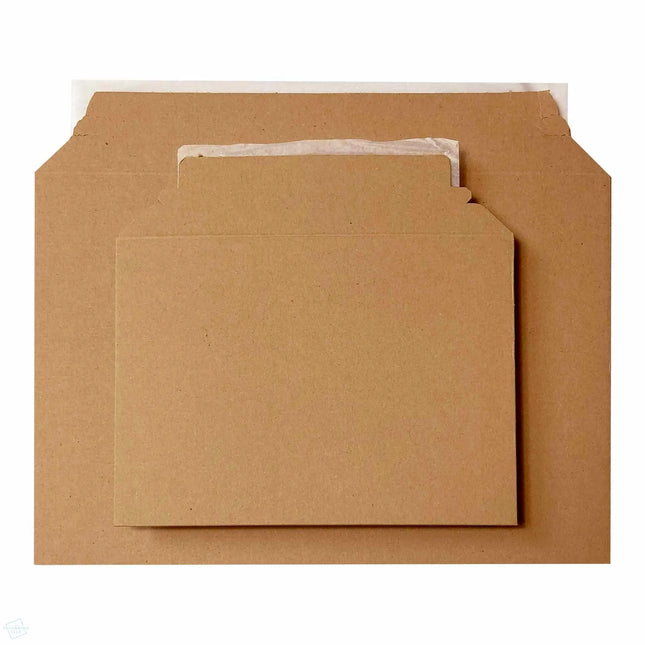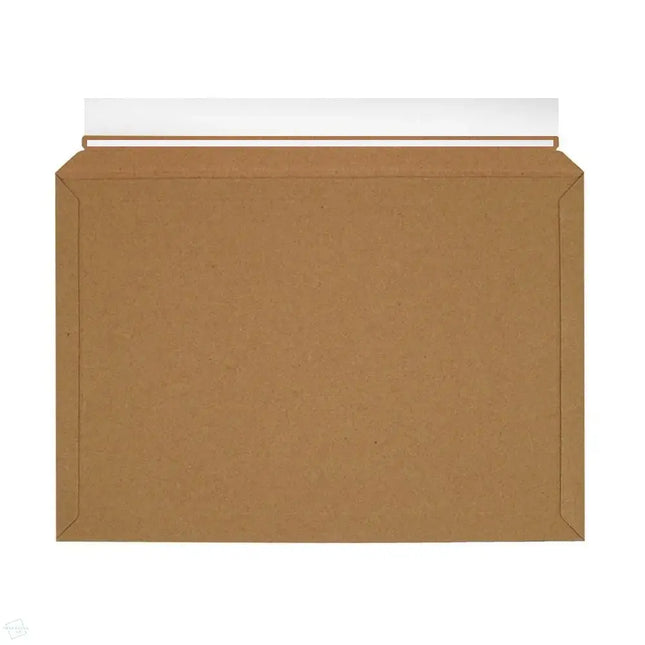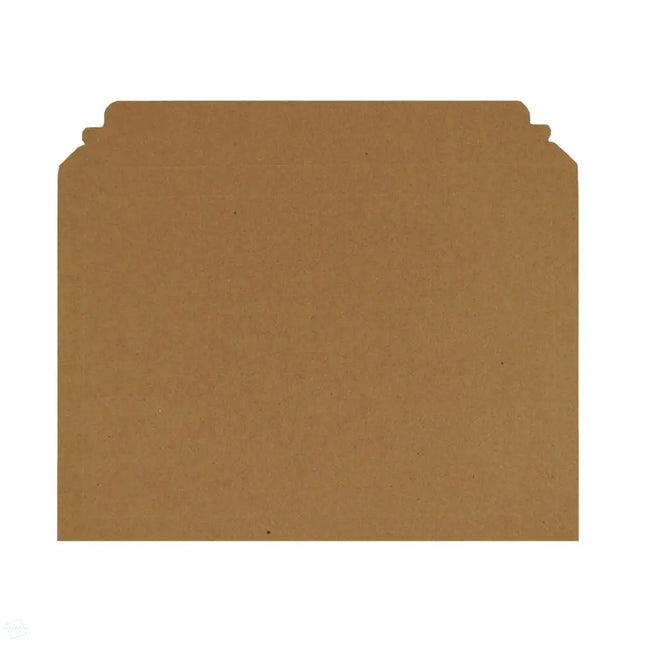Shipping Envelopes or Cardboard Boxes - Which is Best for Ecommerce?

Your ability to properly ship your products to customers is critical to the success of your online store. In fact, 8 out of 10 online customers prefer to buy from businesses that ship using sustainable packaging — so careful consideration should be made to avoid wasteful or environmentally questionable choices.
You must choose the correct packaging to keep your products safe throughout transit.
This decision isn't as straightforward as it appears.
Yes, it all boils down to whether you'll send each purchase in shipping boxes or mailing envelopes. But there are dozens of variations within those two categories.
What Kind of Packaging Should Your Ecommerce Business Use?
As previously mentioned, you have a range of options:
- Should you use padded or non-padded envelopes?
- How big should the boxes be?
- Should you try to save money by using standard materials?
- Is the increased expense of branded packaging justified?
We'll go over everything you need to know about mailing envelopes and shipping boxes for your online store.
Envelopes for Mailing Products

Using mailing envelopes instead of boxes has several advantages:
- They’re less expensive per unit.
- They take up less storage and shipping space.
- They don’t typically require assembly or adhesive packing tape, reducing labour and speeding up dispatch.
- They’re versatile — the same envelope can work for many products.
Mailing envelopes are ideal for lightweight and durable items like clothing or jewellery, and are a great substitute for plastic bubble mailers.
One key decision is whether to choose padded or unpadded envelopes. Padded paper envelopes offer more protection, while non-cushioned ones are cheaper and faster to pack.

Padded envelopes aren’t necessary for soft items like t-shirts, but can be worth the cost for fragile goods.
There are three main types of postal envelopes:
- Paperboard envelopes: Also known as solid board envelopes, these are rigid and lightweight with excellent resistance to bursts and abrasion.
- Corrugated envelopes: Also called capacity envelopes, they’re 100% recyclable and offer excellent crush and bend resistance.
- Padded paper envelopes: A plastic-free alternative to bubble mailers, these offer similar cushioning with better sustainability.
Cardboard Boxes for Shipping
Mailing envelopes are great, but they won’t cut it for large or heavy items.
In those cases, standard 0201 cardboard boxes are the best option.
Size is the first thing to consider. Too large, and the product might shift during shipping. Too small, and there's no room for protective padding. Most carriers also have size-based pricing — unnecessary bulk costs more.

Allow for around 50mm of cushioning space on all sides. For fragile items, add extra protection:
- Tissue paper / void fill: A low-cost way to prevent movement. Shop paper void fill here.
- Air pillows / bubble wrap: Lightweight protection, but less eco-friendly.
- Packing peanuts: Useful for very heavy items. Paper-based versions are available.
- Freezer gel packs: For perishables — adds temperature control and cushioning.
Corrugated cardboard is the most common shipping material due to its air column design — lightweight yet strong, stackable, recyclable, and widely available in many sizes.
Multi-depth boxes may also be worth considering. They’re pre-scored for folding to different heights and can save money versus stocking many box sizes.
Should You Brand Your Postal Packaging?
Should you add your logo or branding to your packaging?
Absolutely. In an age of weekly deliveries, branded packaging helps you stand out — and customers notice. 72% of shoppers say branded packaging makes them more excited to receive a product.
Inside the box or envelope, custom tissue paper and thank-you cards add even more impact. Handwritten notes go even further — though they’re best for businesses with lower order volumes.
Branding Does Not Have to Be Limited to Your Logo
Get creative. Add product use guides, customer reviews, sustainability goals, or your brand story. That final unboxing moment is an opportunity — don’t waste it.
Branded packaging does carry a cost, but it’s worth weighing that against the long-term value of customer retention and brand recognition. Small businesses may start simple, while larger brands often see clear ROI from more premium solutions.
First, make sure your packaging is secure and cost-effective. Then consider custom printed options that align with your brand’s growth. Talk to us about bespoke packaging that helps you tell your story, protect your products, and leave a lasting impression.


